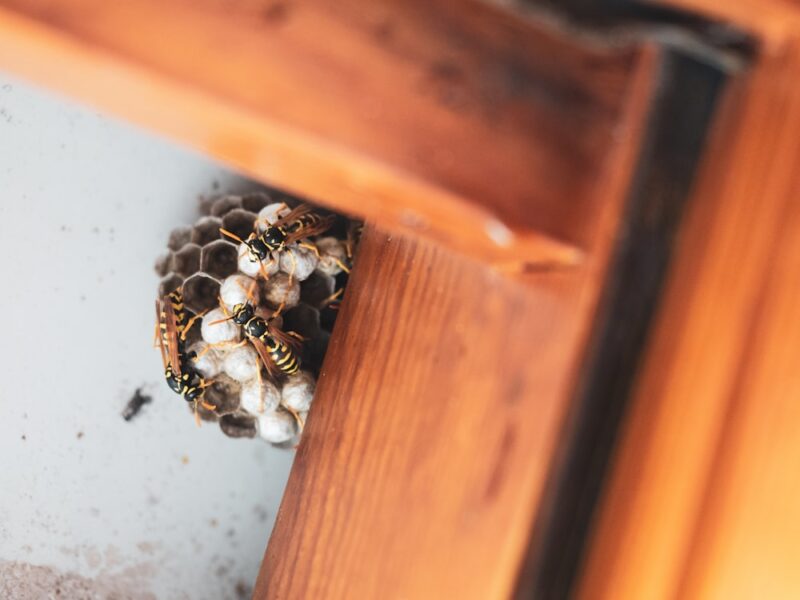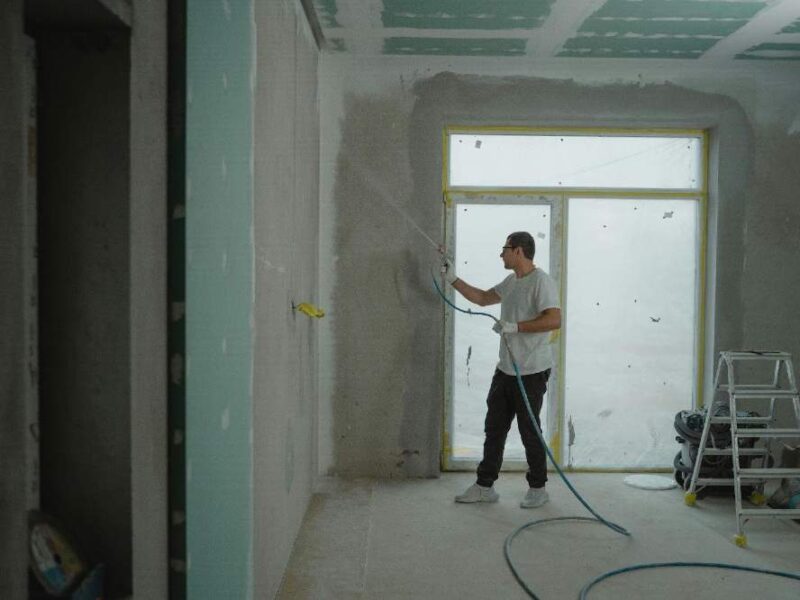Fixing significantly damaged concrete needs finding the source, fixing it, and preparing the surface. The repairing method is determined based on the damage and location. Using suitable materials and methods ensures a repair lasts longer. A specialist can better assess and repair the damage.
Causes
A Cycle of Freezing and Thawing
Outside, your concrete slab is continually subjected to rain, snow, and other precipitation. This includes, but is not limited to, the effects of weather patterns, including wind, precipitation, and the seasonal freeze-thaw cycle. Moisture is another major factor in concrete deterioration, along with corrosion. When the water in concrete freezes, it expands and can cause cracks if there is too much of it.
Eventually, the pressure and time will cause the cavities to burst. As you search for the best concrete repairs in Brisbane, you should consider a few things. Good concrete repair professionals will evaluate your damaged concrete from diagnosis to how to repair the damage. For instance, a diagnosis would be when concrete is subjected to repeated cycles of freezing and thawing, the surface eventually breaks down and develops cracks and scaling. Fortunately, freeze-thaw conditions are less of a problem for low-permeability concrete.
Carbonation
The carbonation process occurs when carbon dioxide enters concrete through tiny fissures and pores, interacts with hydroxides like calcium hydroxide, and produces calcium carbonate. The byproduct of this process lowers the pH of concrete. The decrease in alkalinity makes the corroding of implanted steel bars more likely. In contrast, carbonation has no effect on the corrosion rate of a steel bar. Concrete carbonation is a sluggish procedure.
Carbonation occurs at a rate of about 1 mm per year if the concrete is of acceptable quality. However, these factors all work together to raise the carbonation rate in low cement content, low strength, short curing, highly permeable concrete, and high water-cement ratio.
Installation Errors
Several factors can lead to a faulty installation, including poorly built joints, too much moisture during curing or in the mix, and premature sealing. Likely, crazing, spalling, blisters, and other damage symptoms will be present on the concrete flooring if the contractor installing it is in a hurry to finish the job. Poor installation will cost you more in the long run due to repairs. You should find a professional concrete installation company.
Corrosion
While the structural stability of reinforced concrete flooring is unmatched, the steel bars used to create the floor often provide their own set of challenges. Chloride ions from chemicals like deicing salts can seep through cracks and holes in concrete, despite the concrete typically providing a layer of protection that stops the steel from rusting.
Corrosion of the steel can cause cracking and spalling in the concrete around it. Reinforced concrete must be properly built and maintained to reduce the danger of damage from corrosion, which is one of the leading causes of concrete deterioration.
Impacts of Overloading
Concrete develops fractures and micro-cracks when subjected to severe loads. Unintentional overloading, abnormal circumstances like earthquakes, and alterations to the building’s use without corresponding structural renovations all contribute to the possibility of overload. Overloading some parts of a structure can be caused by removing formworks too early or storing materials or heavy equipment. Microcracking can be caused, for instance, by the use of impact machinery.
Preparing Concrete for Repair
Preparing the damaged concrete for the new coating is one of the most crucial steps in making repairs that will last. The best repair materials would fail miserably if used on aged, weakened concrete.
To be effective, the patching material needs to adhere to the existing, undamaged concrete. Before applying new repair materials, all the damaged or unsound concrete must be taken away. Before applying concrete repair, the area around it should be saw cut to the desired shape, any loose concrete should be removed, the steel reinforcement should be cleaned and coated with a bonding agent, the repair area should be cleaned, and the bonding agent should be applied to the concrete surface to ensure a proper bond between the old and new concrete.
Methods of Repairing Damaged Concrete
Injecting Resin
Water leaks via cracks or gaps in concrete can be fixed by injecting resin into the area. Various polyurethanes and some methacrylic acrylates are used to seal water-leaking cracks or joints, while epoxy resins are used to structurally rebond dormant and reasonably dry cracks. Cracks leaking water are unclean or very damp and can’t be structurally rebonded.
Resin injection is not commonly used to fix minor fractures, cracks caused by drying shrinkage, or cracks that follow a pattern because of the high expense involved. Therefore, a sealing strategy is typically more successful if repairs are required for these types of cracks.
Protective Coatings and Seals
To prevent water, aggressive solutions, or gaseous media from penetrating cured, dry concrete, a compound is put to the surface as a maintenance and repair measure. Damage caused by rebar corrosion, freeze-thaw cycles, carbonation, or sulfate can be mitigated or avoided with their guidance.
Materials of this type are best used for sealing the surfaces and fissures of concrete in good condition but not for restoring severely damaged or deteriorated concrete. Permeability increases when concrete cracks occur, so fixing them is a long-term durability and maintenance issue.
Patching
To fix minor concrete damage, such as a hole or crack, patching is frequently utilized. Repairing a damaged surface usually begins with cleaning and prepping the area. The damaged area is then filled up using a cement, sand, and water patching compound and smoothed down until it is flush with the surrounding concrete.
After the patching material has been applied, it must cure, which might take several days, depending on the weather and the extent of the repair. When repairing concrete, it’s crucial to use a patching compound made for that material and to polish the repair using the right equipment.
Even severely damaged concrete can be restored if the proper procedures are followed. To fix something properly, you need to figure out what went wrong, fix that, then prepare the surface and restore it using suitable materials and methods. The level of the damage and the location of the damaged concrete will determine which restoration method is used. To get the best possible diagnosis and maintenance strategy, it’s best to bring in an expert.




